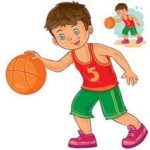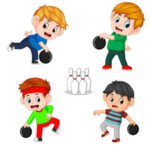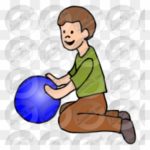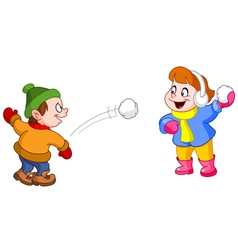
by Neetu | Jun 24, 2020 | Fitness Activity
Aim
This activity will give the students the opportunity to learn and practice the overhand throw at a target.
Activity cues: Depending upon the skill level and experience of children use appropriate throwing cues (see PE Central throwing cues
Equipment Requipme
Cut snowman targets from large sections of cardboard and decorate by having students draw and paint on the cutouts. Tape snowmen on wall Plastic grocery bags (rolled into balls and taped) are used for snowballs. Use a restraining line, such as a jump rope, to keep students about 5’away from the target.
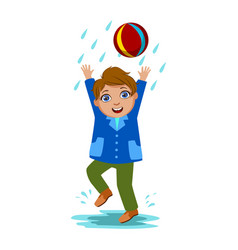
Description
This activity brings the fun of throwing snowballs inside where it is warm, and no one gets cold! Students throw the “snowballs” at the snowman to see if they can hit different parts of the target.
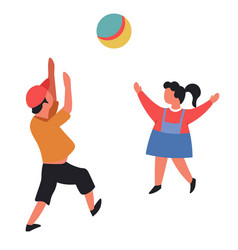
by Neetu | Jun 24, 2020 | Fitness Activity
Aim
To provide young children with the opportunity to develop catching skills using a launch board.
Equipment Require
A launch board and a small ball, beanbag, or beachball for each child.
Description
A great way to help young children achieve catching success is to use a launch board. When a child steps on one end of the board a beanbag on the other end flies into the air directly in front of the child. This gives the child a better opportunity to catch the object.
Teacher Instructions
“Place your beanbag on the low end of the board. Go to the other end, get your hands ready to catch by holding them out in front of you, then raise your foot and stomp at the end of the board. As the beanbag flies into the air in front of you, clasp your hands around the beanbag and catch it. You may also want to hug the beanbag to your body”
As children get better at catching they can be challenged with more difficult tasks. “See how high you can make the beanbag go and still catch it.” Or, “See how many times you can clap your hands while the beanbag is in the air and still catch it.”
Teaching Suggestions
Most children, at first, will have trouble coordinating the acts of picking up the foot and stomping on the board. They may stomp in the wrong place or miss completely. It helps to have them practice this without an object first
These make a lot of noise so either put felt on the bottom of both ends or tell your classroom teachers to wear earplugs!!
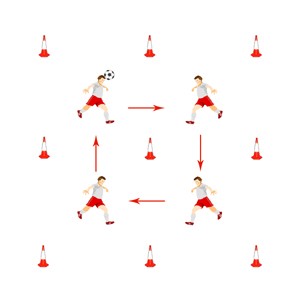
by Santosh | Jun 24, 2020 | Soccer, Sports
LEARNING OUTCOME
To improve defensive heading techniques and accuracy
TEACHING CUES
- Timing of the header
- Direction of the header
- Use the forehead, not the top of the head
- Players to jump for the ball to take it earlier
ACTIVITY SET-UP AND PROCEDURE
EQUIPMENT:
Marked area appropriate size for age, 9 cones, 1 ball between 4 players.
SET-UP:

ACTIVITY PROCEDURES:
- Players set up in a square.
- One player throws the ball up to the player next to them.
- This player must then head the ball to the player on the other side of them, who catches the ball and the sequence of throw, head, catch is repeated around the square.
- Swap roles of players so everyone gets to head the ball.
Progressions:
- Players should try and head the ball all the way around the square.
- Increase / decrease the distance between players
- Players can move around the box so the header must be directed
- Players can head in any direction to any player
COOL DOWN/ CLOSURE
Review Skill/Activity, stretching, and questions.
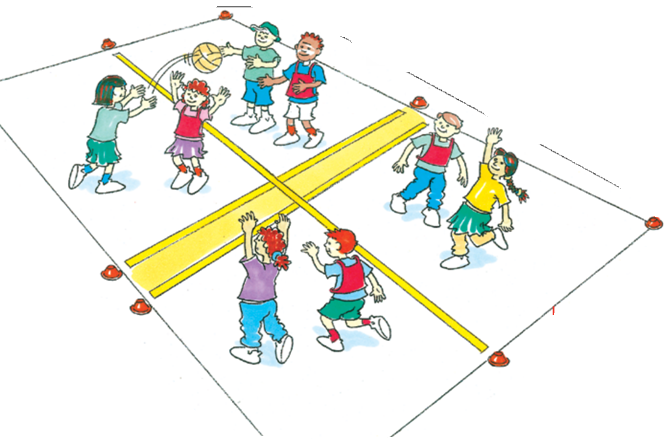
by Santosh | Jun 16, 2020 | Fitness Activity
LEARNING OUTCOME
Develops defending skills and can be easily modified to develop the object control skills of catching, throwing, kicking and striking.
TEACHING CUES
- Try to match the abilities in each square.
- Make sure all players are included
- No physical contact.
ACTIVITY SET-UP AND PROCEDURE
EQUIPMENT:
- The indoor or outdoor playing area
- Variety of balls of different size, weight and density
- 10 marker cones
- Coloured bibs
SET-UP:
- 8 players are divided into 2 teams.
- A playing area is divided into 4 and a player from each team goes into a square.
- The team in possession of the ball passes it to team‑mates in any of the 4 squares, trying to avoid interception.
- Players remain in their square.
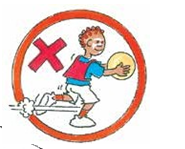
ACTIVITY PROCEDURES:
- One team takes possession of the ball (receivers) and tries to make as many passes as possible between themselves. The other team (interceptors) tries to intercept the ball.
- Players can pass in any direction – no running with the ball.
- All players must remain in their own square.
- If the interceptors catch the ball or knock it out of play, they take possession.
- Winners are those who score the highest number of consecutive passes.
COOL DOWN/ CLOSURE
Review Skill/Activity, stretching, and questions.
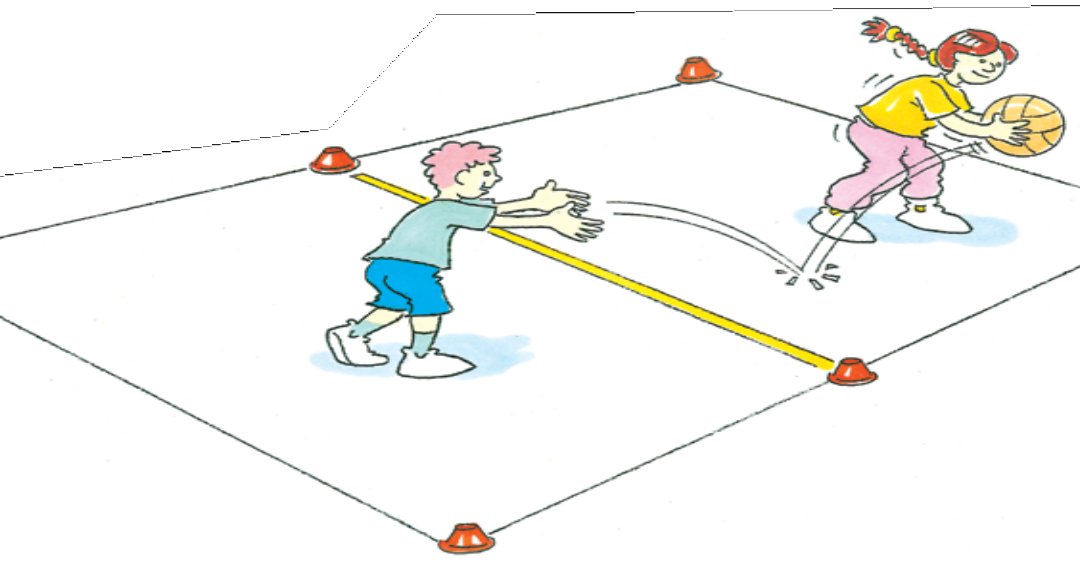
by Santosh | Jun 15, 2020 | Fitness Activity
LEARNING OUTCOME
Develop the concepts of finding space, anticipation, teamwork, and deception.
TEACHING CUES
- Demonstrate the activity using players from the group.
- Let the game run a little before any intervention – ‘let the kids play!’
ACTIVITY SET-UP AND PROCEDURE
EQUIPMENT:
- One volleyball or similar per pair
- A court surface that allows the ball to bounce
- 6 markers per court
SET-UP:
- Form pairs – see Form a Group
- Players in position as shown – player with the ball serves.
ACTIVITY PROCEDURES:
- The ball must cross the line above waist height.
- Play continues until one player cannot return the ball after one bounce, or the ball is thrown out of court, or the receiver drops the ball.
- The serve alternates between players.
- Play to a specified number of points, (e.g. 5) or a set time limit (e.g. 3 minutes).
Variations
- Play 3 v 3 – alternate serves between teams. Ensure each player has an opportunity to serve.
- Restrict the time in possession depending on the ability of the players (e.g. 3 seconds or more).
- Provide a ‘no-go’ or bounce-free zone.
- Restrict the type of passes that players can use (e.g. chest pass, one handed pass, overhead pass, underarm pass).
- Allow students to select different rules to suit their ability and make the competition more even (e.g. one student is allowed two bounces and their opponent only one).
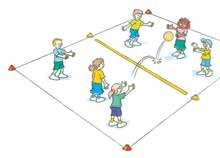
COOL DOWN/ CLOSURE
Review Skill/Activity, stretching, and questions.










